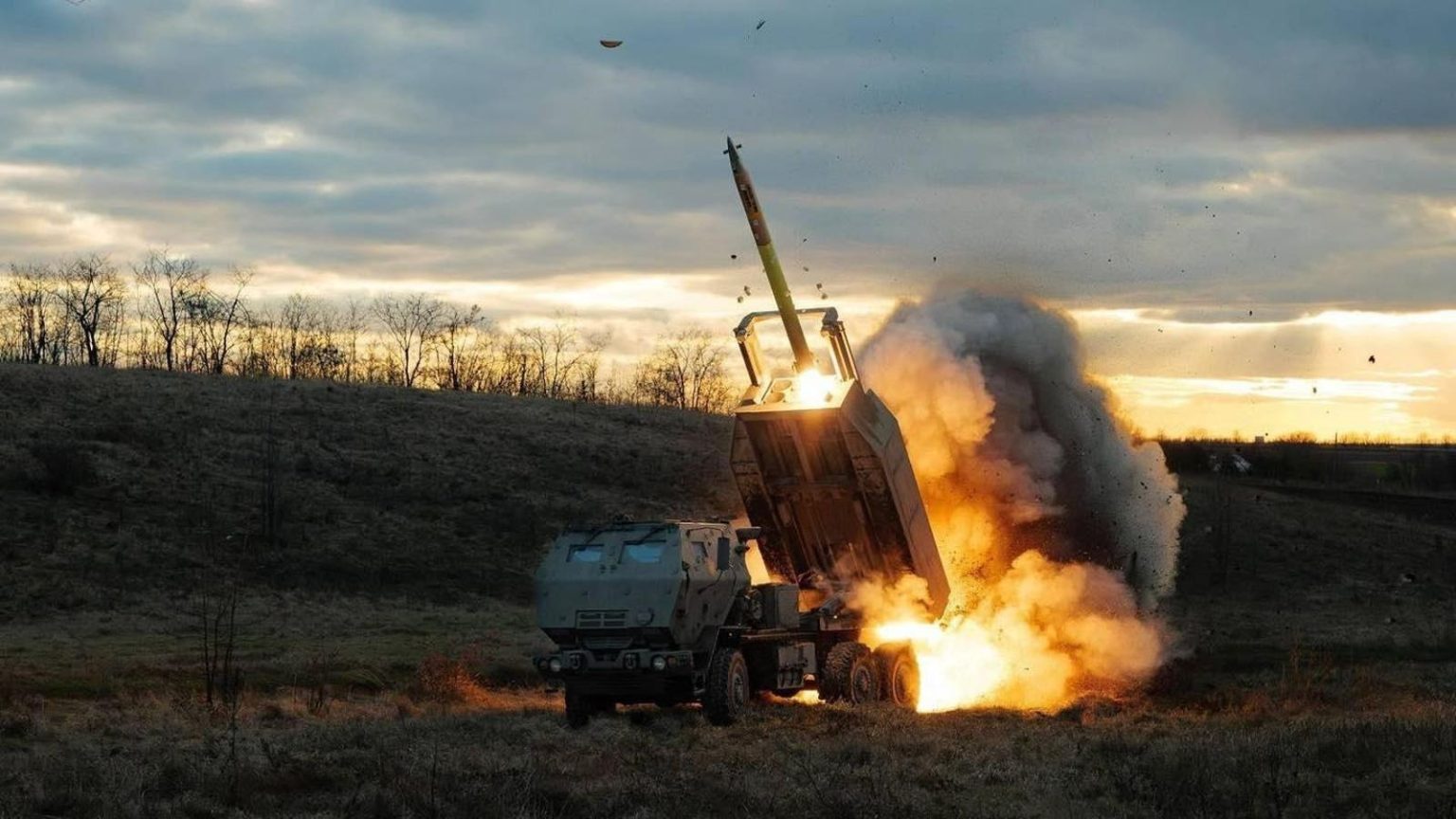Russian President Vladimir Putin has set a deadline of October 1 for his troops to defeat the Ukrainian invasion of Kursk Oblast. Russian regiments launched counterattacks on the 400-square-mile salient from three different directions, surprising many Ukrainians. The 27th Rocket Artillery Brigade, equipped with American-made High-Mobility Artillery Rocket Systems, played a key role in repelling the Russian troops by firing GPS-guided rockets at them. The drone footage showed a significant number of casualties among the Russian troops during the bombardment.
Despite the initial success in repelling the Russian assault, other Russian units managed to recapture villages in the area, leading to a chaotic and rapidly evolving situation on the front line. Both Ukrainian and Russian forces have a mix of different units pulled from various divisions and brigades, creating a challenging organizational structure. The Russians continue to have an overall advantage in troops and vehicles, despite the losses suffered during their prolonged conflict with Ukraine.
The Ukrainian forces have a defensive advantage in the parts of Kursk that are under their control, allowing them to avoid static confrontations where Russian artillery and air power could dominate the battlefield. Ukrainian troops follow a maneuverable defense approach, fighting until they are on the verge of being overwhelmed and then moving to more defensible positions. While this approach has been successful so far, it could become problematic if faced with simultaneous attacks from multiple directions.
Ukrainian commanders are aware of the risks associated with their defense strategy and are closely monitoring the likely approaches for Russian reinforcements, including the use of pontoon bridges across the Seym River. The Ukrainian rocket artillery is prepared to strike at the reinforcements before they reach the front line, demonstrating the proactive measures taken by the Ukrainian military to defend their territory. The situation remains tense as both sides continue to clash in the Kursk region, with the outcome of the conflict uncertain.
The Russian military’s lack of a cohesive command structure and coordination due to the mix of different units from various divisions and brigades could be a point of weakness in their offensive capabilities. While the Russians still possess significant offensive capability, the disorganized force structure may impact their ability to effectively coordinate attacks. Despite the challenges, the Russians maintain an advantage in troops and vehicles, posing a significant threat to the Ukrainian forces in the region.
The conflict in Kursk Oblast remains ongoing, with both sides actively engaged in combat operations. The Ukrainian forces continue to defend their territory using a maneuverable defense approach, while the Russians push forward with their offensive actions. The outcome of the conflict will likely depend on the ability of both sides to adapt to the evolving situation on the ground and make strategic decisions to achieve their objectives.


